Whether you're trying to go zero waste, trying to reduce your waste impact, or just a thrifty shopper: it's important to budget what you're spending on going green.
When I started looking into using safety razors, I made this spreadsheet (taking after my Grandpy a bit) to try and figure out if it was actually less expensive per year, as many bloggers were claiming. I was shocked, and stoked, by the discrepancy! I found that safety razors are much less expensive than anything else on the market per year. They require a larger initial investment (mid-ranged safety razors are about $20), but in the long term they're definitely worth it!
To clarify, the following table and graph are not set in stone. I used industry examples to get these prices and run a very simple analysis. Also, the price per year will vary depending on how often you shave, how many times you use your razor, etc. I tried to be relatively conservative and consistent with each type of razor.
Yearly Shaving Cost if You Shave 5x per Week
So part of the reason for the large price gap is I calculated the safety razor handles as lasting 10 years, although they could potentially last up to 50! I had the reusable cartridge handles lasting 2 years.
Inexpensive cartridges like the Dorco Pace 6 or Dollar Shave club are the best cartridges on the market, as far as price for quality goes, but still can't beat a mid-range safety razor, which I used as the "cheap" option.
While these inexpensive cartridge razors are comparable to safety razors in price, they don't hold a candle to them in waste production, since essentially all cartridge razors are non-recyclable. I could not fine a single one on the market that was (let me know if you know of any!).
The graph was based on this cost analysis.



